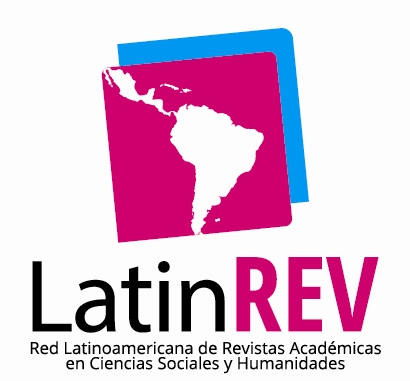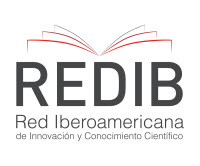The real and mythical natural world in ancient Greece: an environmental secondary sense?
DOI:
https://doi.org/10.14393/artc-v20-n37-2018-47241Abstract
The presence and valuing of natural elements in literature and plastic representations (reliefs, vascular painting) is not abundant in ancient Greece, where human figure and anthropomorphization are the ground rule. Nevertheless, in spite of the relative shortage of natural motifs, these are very significant in the mythical Greek imagination, and not only as underlying or complementary motifs. Based on commentaries on textual sources and the analysis of a number of representations, especially vascular, this text highlights three aspects: the special interdependence between human beings and the environment; the mythical-symbolic value of natural, wild, or cultivated landscapes;elements of the environment, such as water, vegetation, especially trees, or relief, such as mountains.
keywords: myth; art; nature.
Downloads
Downloads
Published
Issue
Section
License
Autores que publicam nesta revista concordam com os seguintes termos da licença Creative Commons, adotada a partir da ArtCultura, v. 21, n. 39 (jul.-dez. 2019).
CC BY-NC-ND 4.0: o artigo pode ser copiado e redistribuído em qualquer suporte ou formato. Os créditos devem ser dados ao autor original e mudanças no texto devem ser indicadas. O artigo não pode ser usado para fins comerciais. Caso o artigo seja remixado, transformado ou algo novo for criado a partir dele, ele não pode ser distribuído.
Autores têm autorização para assumir contratos adicionais separadamente, para distribuição não exclusiva da versão do trabalho publicada nesta revista (ex.: publicar em repositório institucional ou como capítulo de livro), com reconhecimento de autoria e publicação inicial nesta revista.











